Bring Japan’s Springtime into Your Kitchen
In Japan, spring doesn’t just bring cherry blossoms and blue skies. It comes with delicious, fresh ingredients that are unavailable at other times of the year. Let’s take a look at those ingredients and how to make the most of them!
By Cassandra LordJapanese Cuisine is Based on Seasonal Ingredients

Winter in Japan can get surprisingly cold, and so most of us have a tendency to stay indoors and huddle up around warming soups and stews. With all the inertia and somewhat slowed-down metabolism, a lot of toxins are built up in our bodies.
And then comes spring, when fish become active again, looking for food and migrating to different areas. Bitter and flowering vegetables begin to appear. Strawberries and fruits bring a pop of color to gardens, markets, and the kitchen. Spring food is all about freshness, colors, and detoxing.
That’s where the spring veggies come in! A lot of Japan’s spring vegetables have a bitterness to them which is believed to help dispel some of those toxins. Whether you believe that or not, I think we can all agree more veggies on your plate is never a bad thing! So here are some important ones you should know and use.
Spring Fruits and Vegetables Japan Can't Live Without
Place store-bought na no hana in cold water for 10 minutes to liven them up!
Na no Hana (Rape Blossom)
One of spring's most bitter edible plants is also the prettiest: Rape blossom. With much of it harvested in Chiba prefecture, rape blossom is full of fiber and potassium. It is a fairly elusive ingredient because it quickly blooms and produces seeds, so the peak time to find it on market shelves is only between late February and April. A simple, healthy side dish can be had with a quick boil and a sprinkle of sesame seeds, but my favorite spring dish using Rape blossom is a beef stir-fry! (Recipe below.)
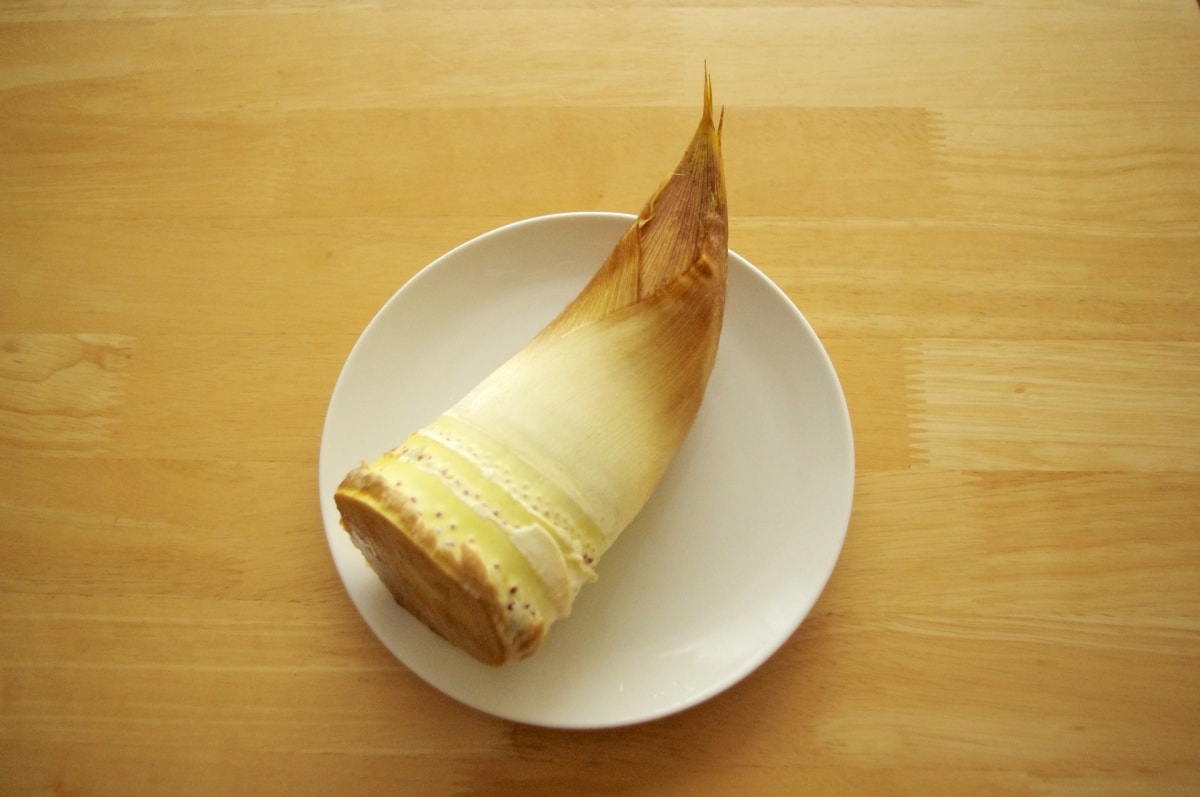
Ever bought an entire bamboo shoot?
Take no ko (Bamboo shoots)
Although processed bamboo shoots are available throughout the year, it’s much less common to see a whole shoot for sale. That’s because it’s truly a spring “vegetable.”
Bamboo can grow incredibly fast, so the shoots must be dug up as soon as they peek out of the ground. There are a few different types of bamboo, and their flavor is greatly influenced by the soil they’re grown in. It can be a bit daunting the first time you buy a large piece to cook, but once you get the hang of it, there’s nothing quite like the crunchy texture and taste!
Saya endou (Garden peas)
There are actually quite a few different beans (such as broadbeans) and peas that make their way into spring meals. But garden peas are a favorite--the type of pea that you can eat outer pod and all. Not only would it be quite troublesome to try to peel them, these are just great on their own: boiled with a sprinkling of salt, or in stir-fries and salads.
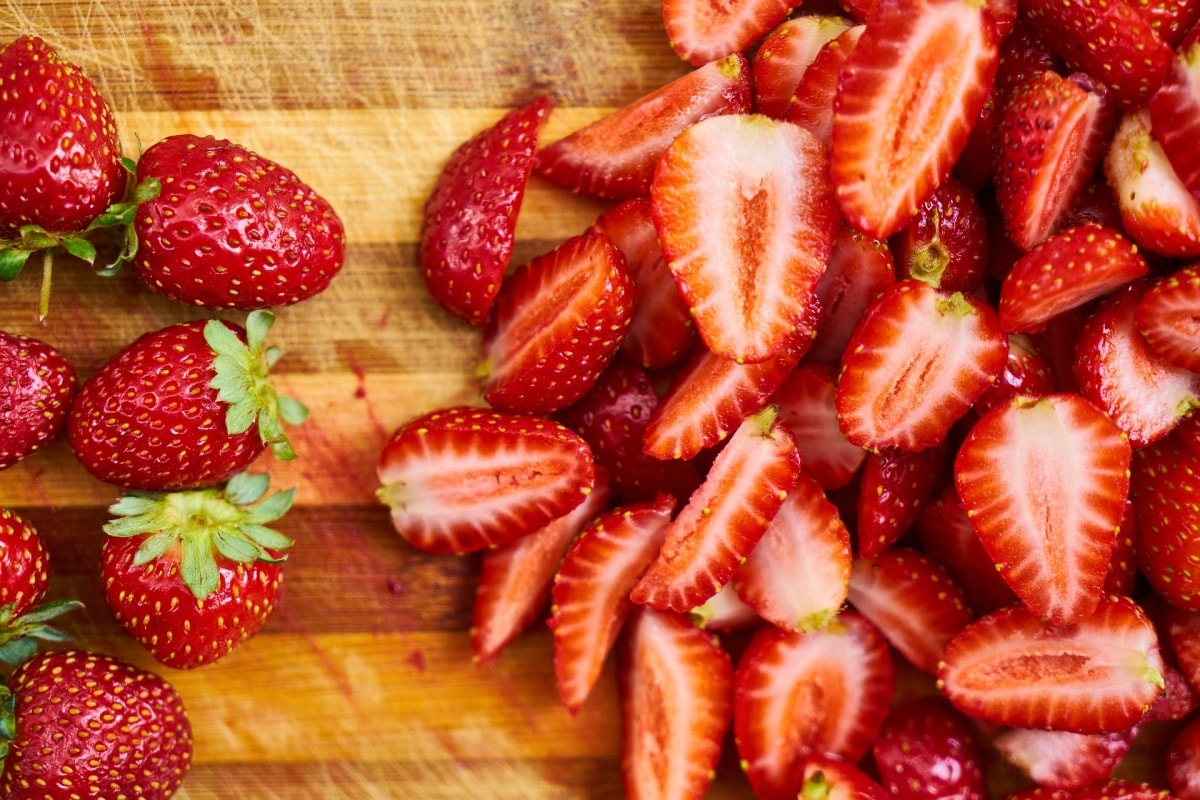
Ichigo (Strawberries)
As a Brit, I’ve always thought of strawberries as a summer fruit (strawberry and Pimm’s, anyone?). But in Japan they’re more common in winter and spring.
Here, spring is their natural season, but in recent years they’ve been produced and sold particularly in winter for strawberry shortcakes. Japan prides itself on its strawberry harvests, with each region, and each farm, having its own specialty. You can find white strawberries in one place, and luscious crimson strawberries in another. My mouth is starting to water, so let’s move on.
Japan’s Spring Fish and Seafood
Though consumption per capita has dropped in recent years, there’s no denying Japan's long-standing and deep relationship with seafood. It’s quite likely that much of it is simply due to the huge variety and abundance of available marine life.
Japanese cuisine has come to reflect the migration patterns of the fish, with spring being a time for sappari "fresh and light" flavors.
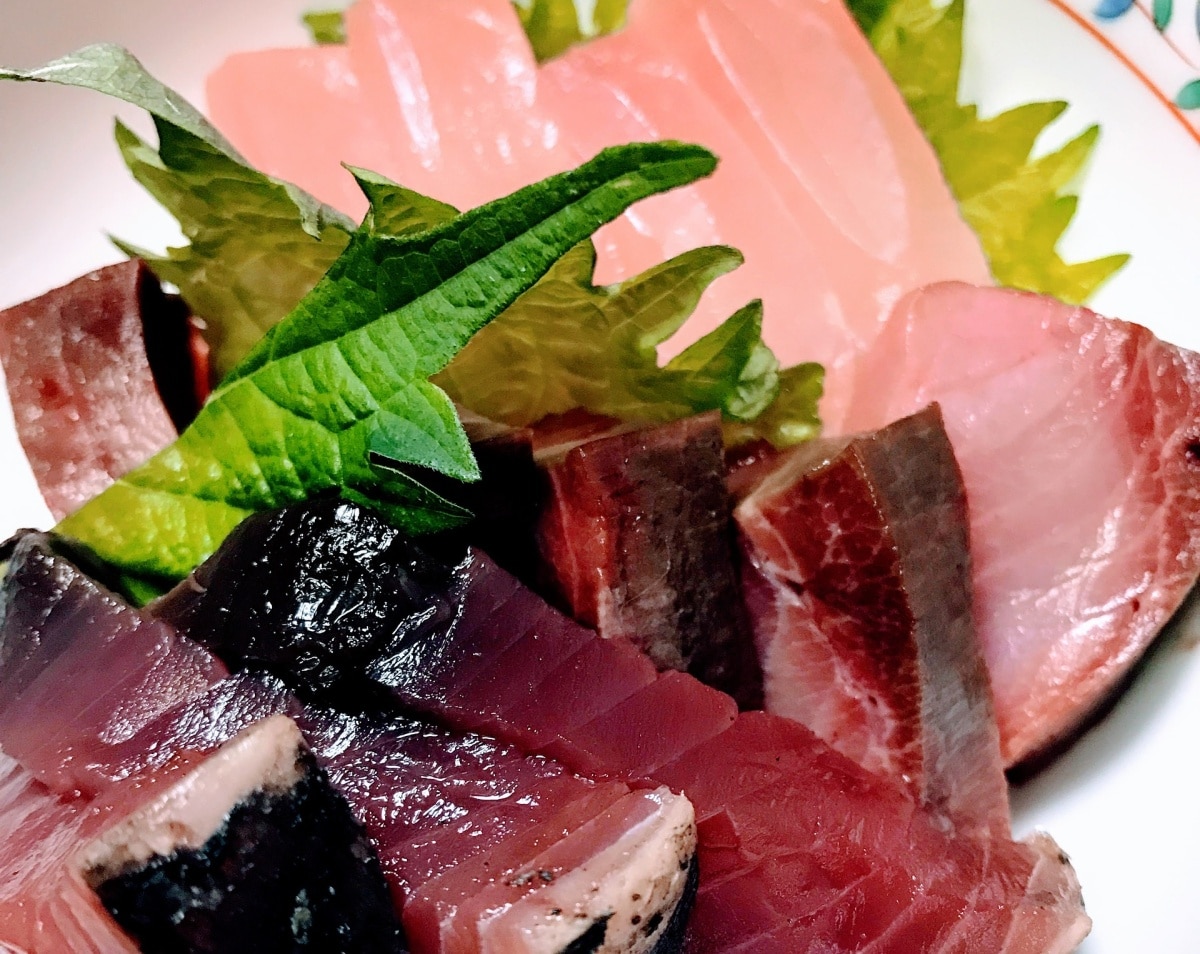
Bonito is lean in the spring and fattier in autumn
Katsuo (Bonito, Skipjack tuna)
Known mainly for its sun-dried and smoked form of katsuobushi flakes, bonito is actually great for sappari sashimi in spring.
Interestingly, bonito can be eaten at two different times in the year, when it tastes completely different. In spring, bonito migrate from the Philippines, all slimmed down and looking for food off the coast of Japan. These offer lean cuts that are perfect for lightly seared tataki sashimi. This is called the hatsu-gatsuo (first bonito of the season). The other bonito season is in autumn, when they’ve plumped up in the northern seas and are heading back south. Then it is called modori-katsuo (returning bonito), offering a fattier meat.
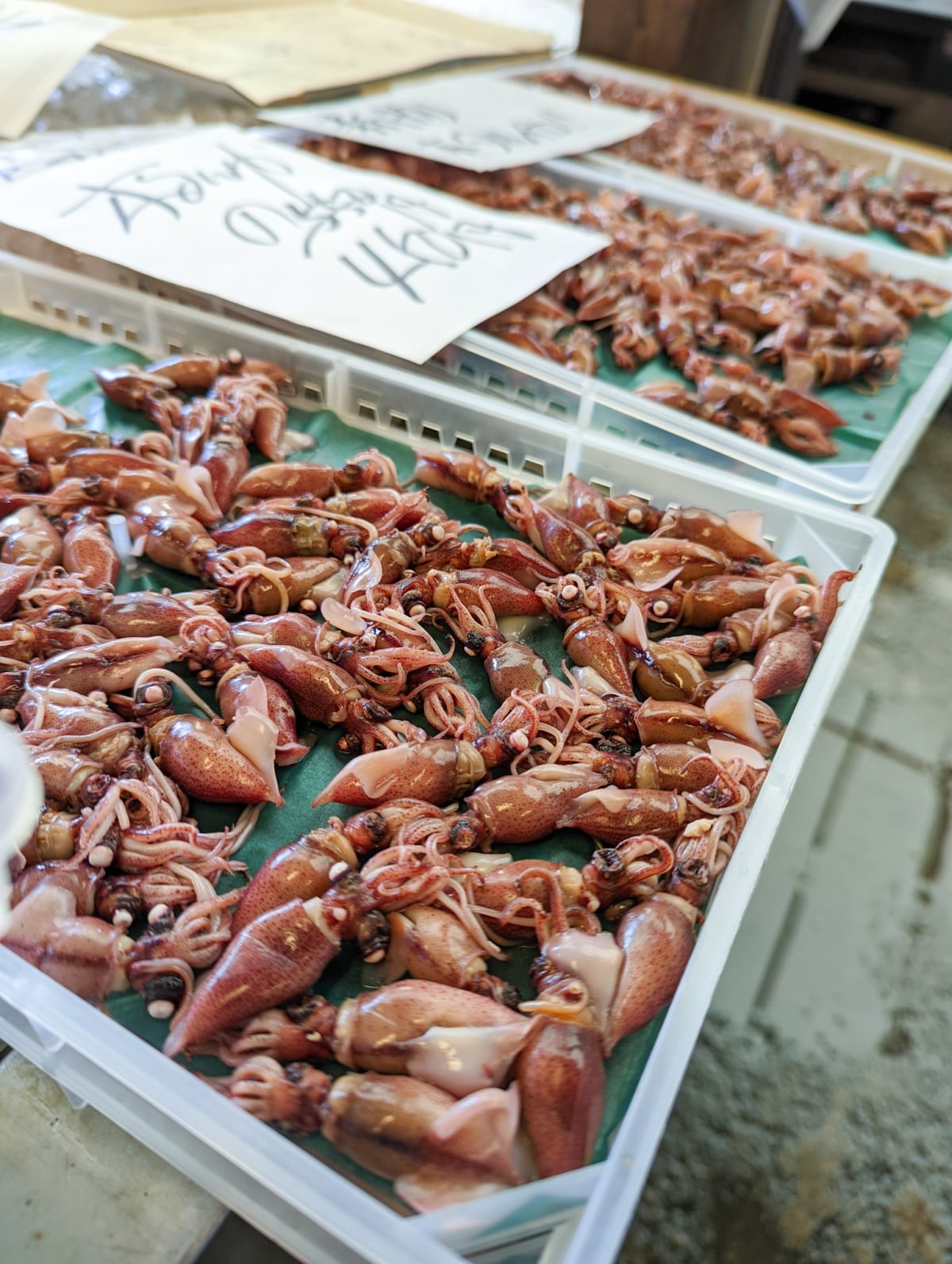
Firefly squid are thumb sized, and full of flavor
Hotaru Ika (Firefly squid)
Firefly squid are named for their bioluminescence, so if you’re not into seafood, you can also see them light up the seas of Toyama and Hyogo. These cephalopods are some of the smallest of the squid family, about the size of an adult thumb.
The best time for eating and viewing is in spring, when they come close to the coast for breeding. They’re quite commonly served pickled or boiled, and even used in pasta.

Red sea bream is also lean in the spring and fatty in autumn
Tai (Sea bream)
There are many different types of tai in Japan, but the one traditionally or commonly referred to is madai (red sea bream).
This is another fish with two harvesting seasons in the year, but for different reasons than bonito. In early spring, the red sea bream prepares to spawn, so all their energy goes to their milt and roe. This means the body is lean and sappari, but the milt and roe are fatter. This is called the sakuradai (spring red sea bream). Conversely, in autumn they are called momijidai (autumn red sea bream), with fatter bodies that make for great boiling or grilling.
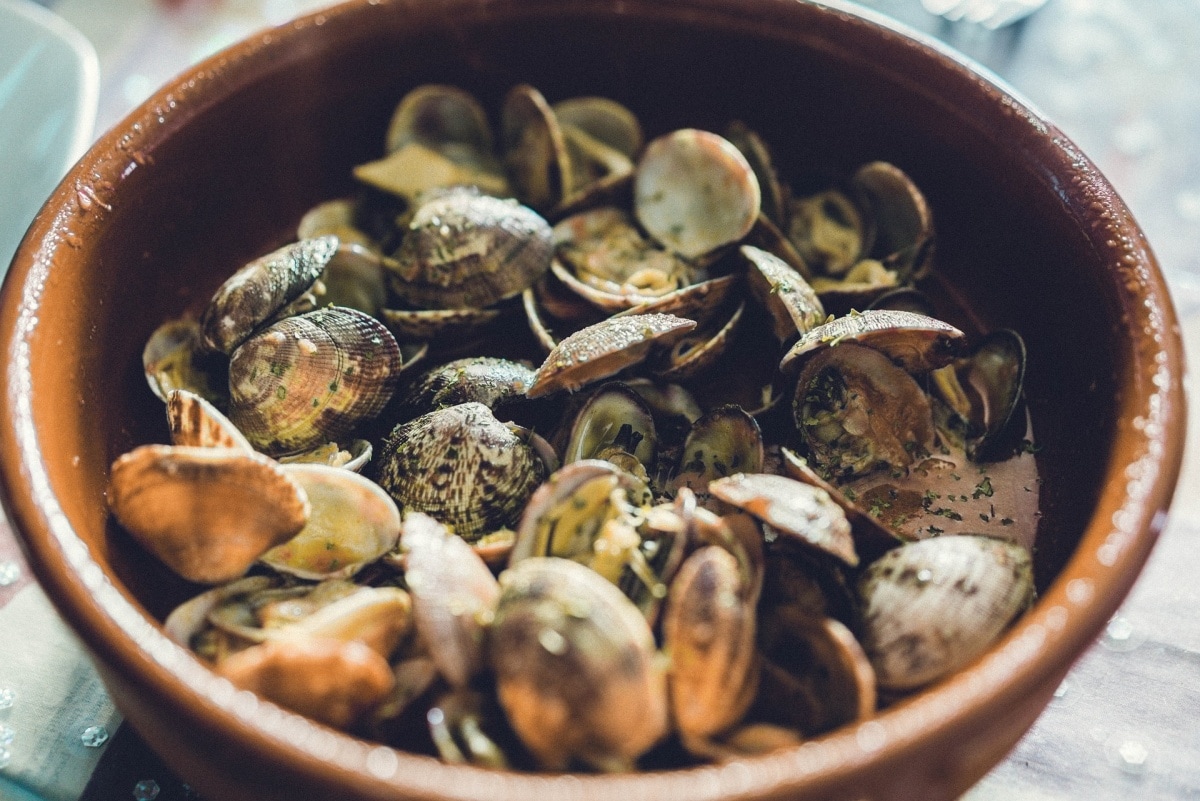
Go clamming in Japan's spring for best results
Asari (Manila clam)
Manila clams are most tasty in spring and autumn, as sudden temperature changes sparks their breeding season. In preparation, the clams store up a lot of fat and energy, making them plump and perfect for serving.
In Japan, many people go clamming in spring as opposed to autumn, because low tide takes place during daylight, making them easy to catch. If you do go clamming, make sure to properly clean them before eating. You’ll need to soak them in salt water for a while to wash out all of the sand.
5 Spring Dishes
Now that you’ve learned a bit about these ingredients, you’re probably raring to give them a go in your kitchen! Here are a few Japanese spring dishes for you to appreciate the delicacies of the season.
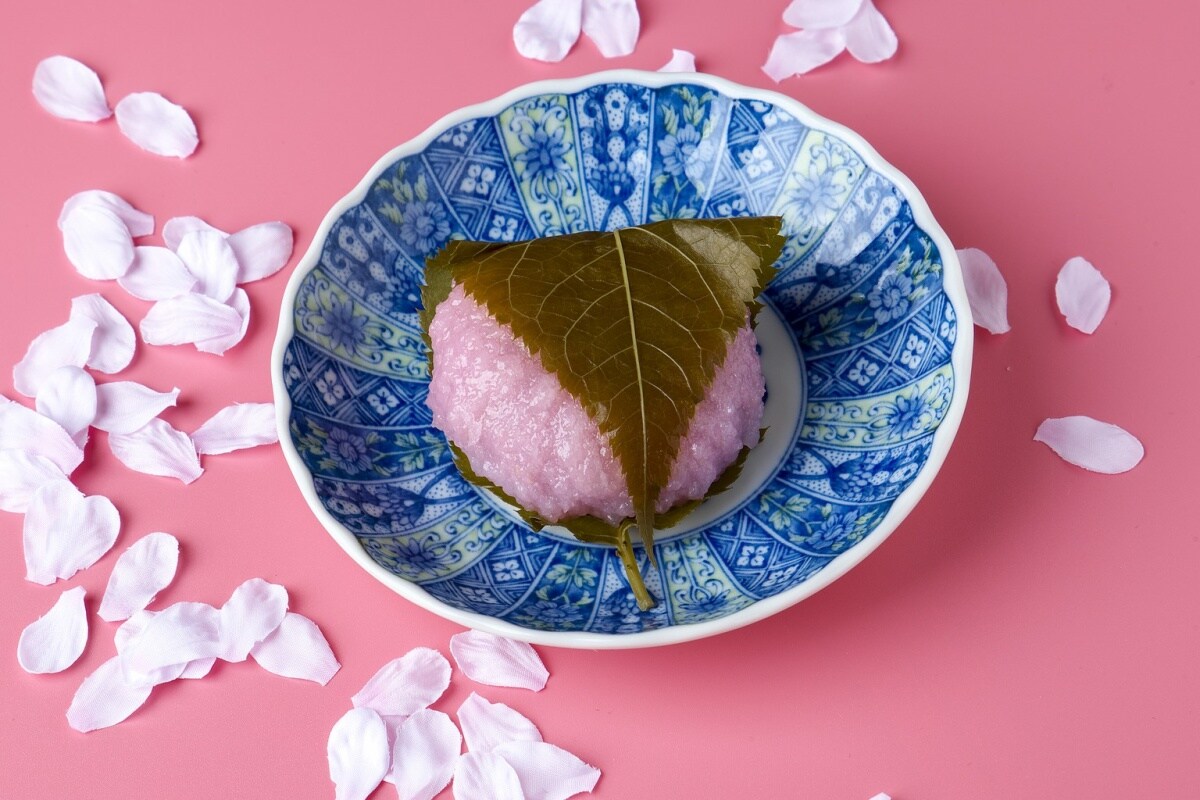
The typical kansai style of sakura mochi
Sakura mochi (cherry blossom rice cake)
Spring is, of course, sakura season, so you’ll likely see a lot of pink sweets for sale. One of the most common is sakura mochi. The pink sweet has a Kanto and Kansai style, but neither actually uses sakura to achieve the pink color! Food coloring is used for the pink rice, but cherry blossom leaves are used to wrap the mochi. Make them at home, find a fancy confectioner, or head to the supermarket to give them a try.
Mix bamboo with beef and spices to get a hearty meal
Bamboo takikomi gohan (Bamboo mixed rice)
Now you know that bamboo shoots are best eaten in spring, so grab one from the grocery store and get hacking! Serve it as a side alongside your seasonal fish, or add a few other ingredients to make it into a main dish. If you don’t want to make it at home, you might find it at Japanese style restaurants that focus on seasonal vegetables.
This time I made it with pork instead of beef, it was delicious!
Rape blossom tempura or stir-fry
Na no hana is one of my favorite spring ingredients! It adds some healthy-looking green to your dish, along with a bitter accent. I love to cook this oyster sauce stir-fry with them. But if you’re not much of a cook, you might be able to find it as tempura at a high-brow tempura restaurant.
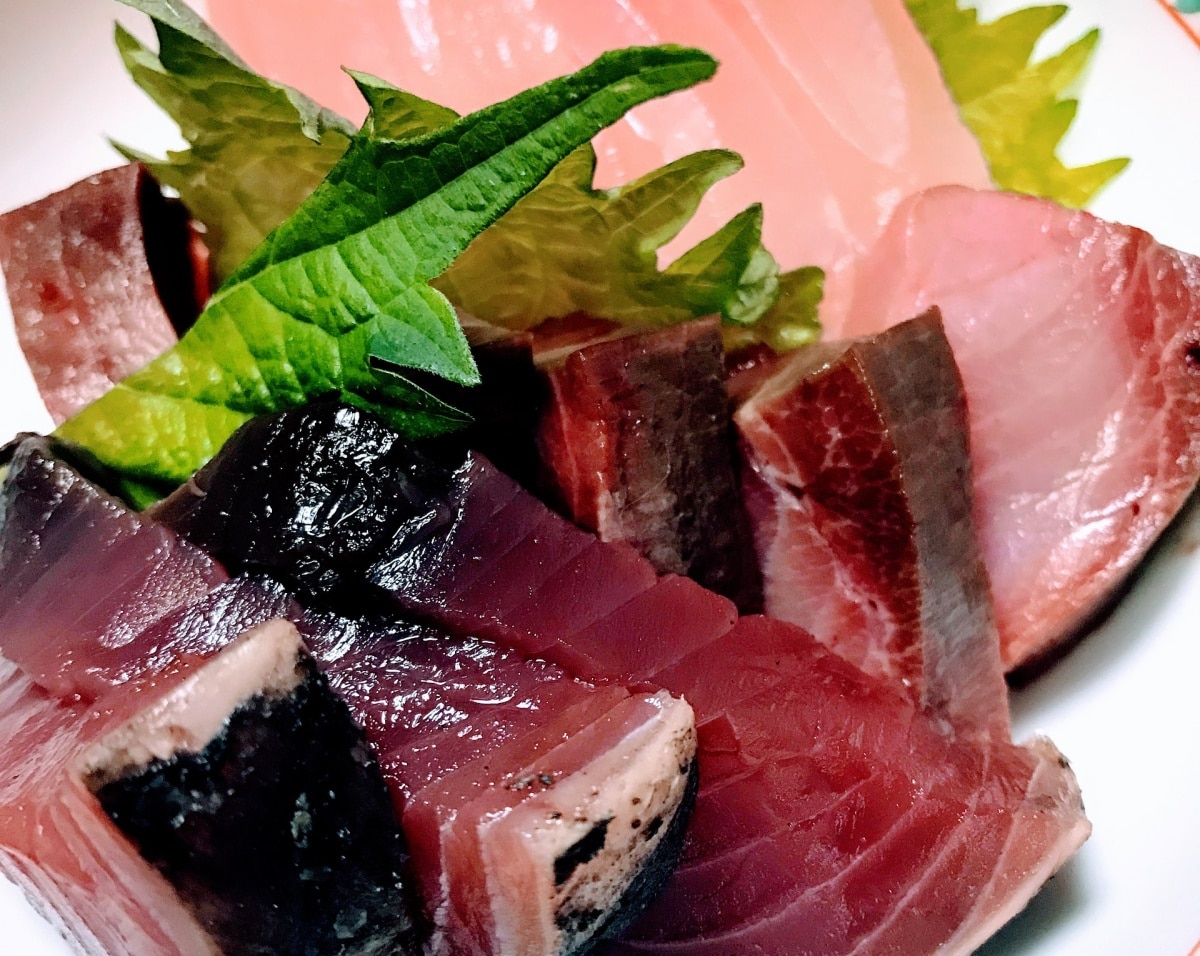
Seek out bonito sashimi in spring!
Bonito sashimi
If you're a sushi novice that wants to branch out from tuna and salmon sashimi, I highly recommend bonito. If you’re not a fan of fatty fish, this is the perfect time to try bonito tataki at a sushi restaurant. Those who prefer it fatty and luxurious will just have to wait until autumn.
Chirashizushi
Chirashizushi is, in fact, a flexible dish that can be eaten year-round. But I mention it here because it can be adapted to use some of the spring ingredients we’ve mentioned, such as this girls' day recipe. It is typically a bowl of rice with a scattering of fish and vegetables on top, so it’s easy to make at home or have by a port or fish market. You could make a spring version with salmon, tuna, and rape blossom.
Now you’re fully equipped with all the spring ingredients, and a menu to match. Enjoy the best of spring along with the fine weather!



